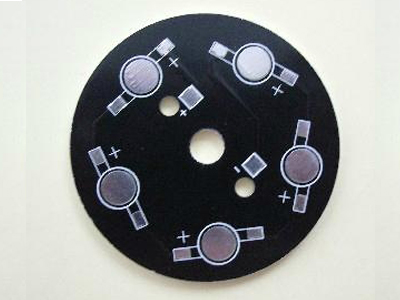
MCPCB
Metal Core PCB | LED MCPCB | Aluminum Core Boards. Metal material as its base for the heat spreader portion of the parts.
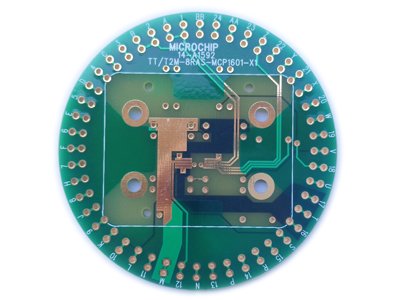
FR4 Multi-Layers PCB
Small Size, One of the most prominent and lauded benefits of using multilayer PCBs lies in their size.
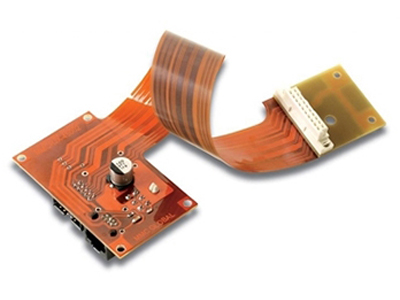
Rigid-Flex PCB
Rigid-Flex circuit's reduce the impact of vibration and shock and increase working performance.
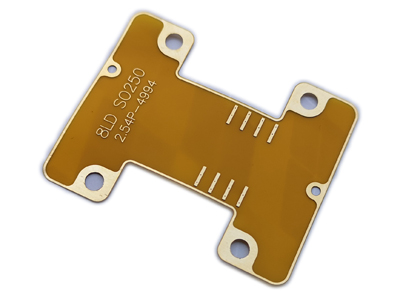
Thin Flexible PCB
Exceptional thermal stability of polymide allows the circuit to withstand extreme heat applications and reduce the impact of vibration.
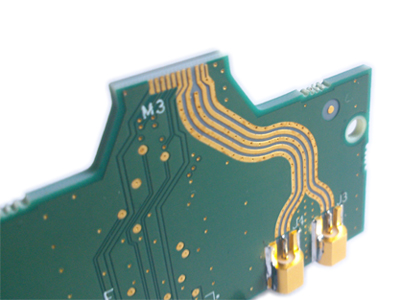
High Frequency PCB
Enhanced epoxy or PTFE materials can offer a much lower dissipation factor which in turn helps to reduce signal loss and can withstand high temperature and chemicals.
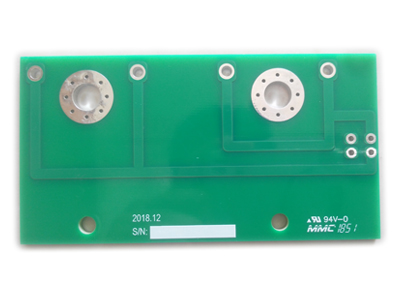
HIGH TG FR4 PCB
Have a better stability at high temperatures because the substrate provides better heat resistance and can withstand to the chemicals.
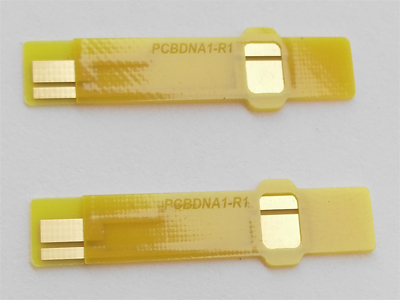
Middle Single Layer FR4 PCB
FR-4 (or FR4) is a NEMA grade designation for glass-reinforced epoxy laminate material. FR-4 is a composite material composed of woven fiberglass cloth with an epoxy resin binder that is flame resistant
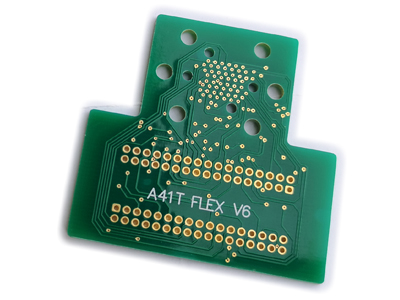
Multi-Layers FR4 PCB
The rise in popularity of multilayer PCBs with more than two, and especially with more than four, copper planes was concurrent with the adoption of surface mount technology
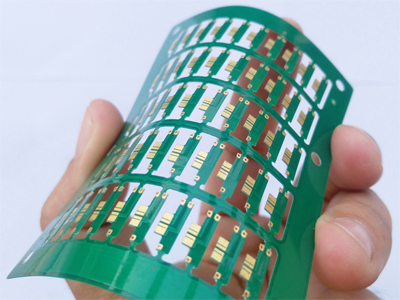
THIN FR4 PCB
FR-4 (or FR4) is a NEMA grade designation for glass-reinforced epoxy laminate material. FR-4 is a composite material composed of woven fiberglass cloth with an epoxy resin binder that is flame resistant
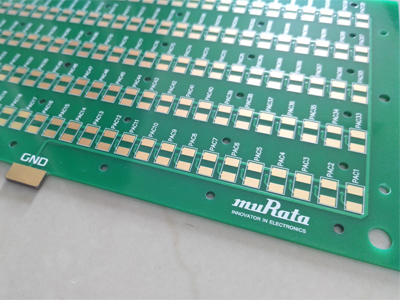
STANDARD FR4 PCB
FR-4 (or FR4) is a NEMA grade designation for glass-reinforced epoxy laminate material. FR-4 is a composite material composed of woven fiberglass cloth with an epoxy resin binder that is flame resistant
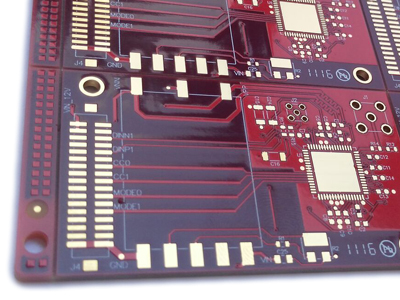
Multi-Layers FR4 PCB
The rise in popularity of multilayer PCBs with more than two, and especially with more than four, copper planes was concurrent with the adoption of surface mount technology
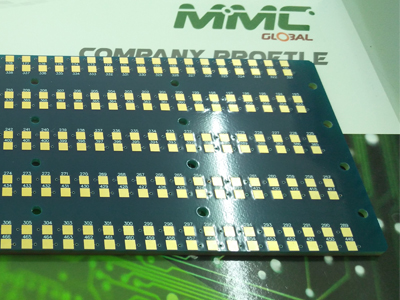
THICK FR4 PCB
FR-4 (or FR4) is a NEMA grade designation for glass-reinforced epoxy laminate material. FR-4 is a composite material composed of woven fiberglass cloth with an epoxy resin binder that is flame resistant



